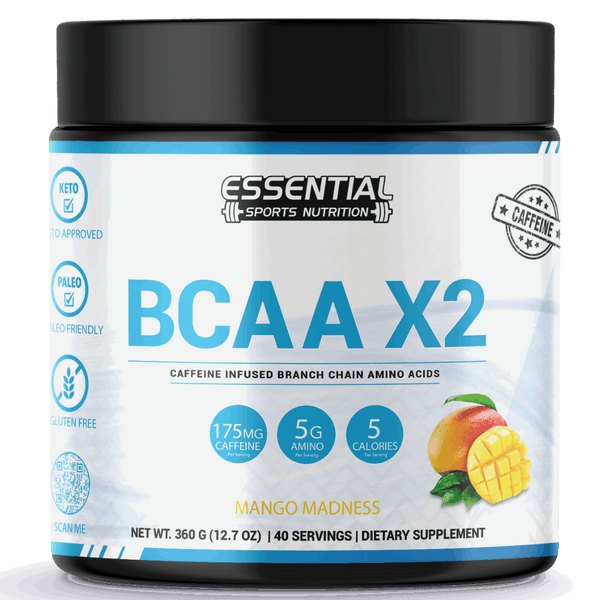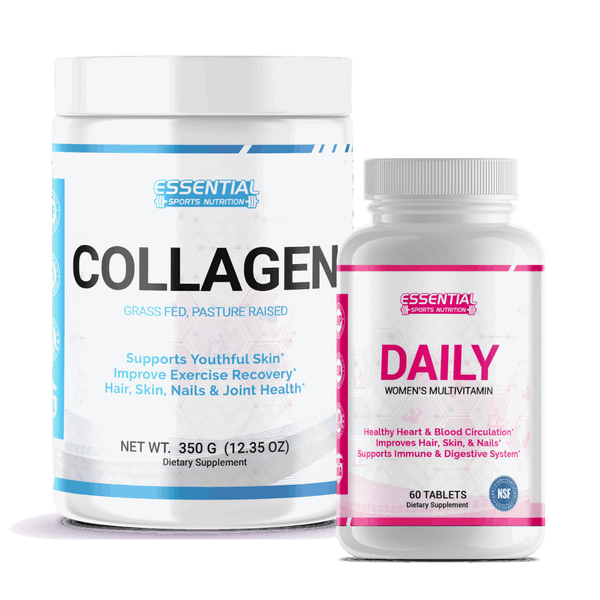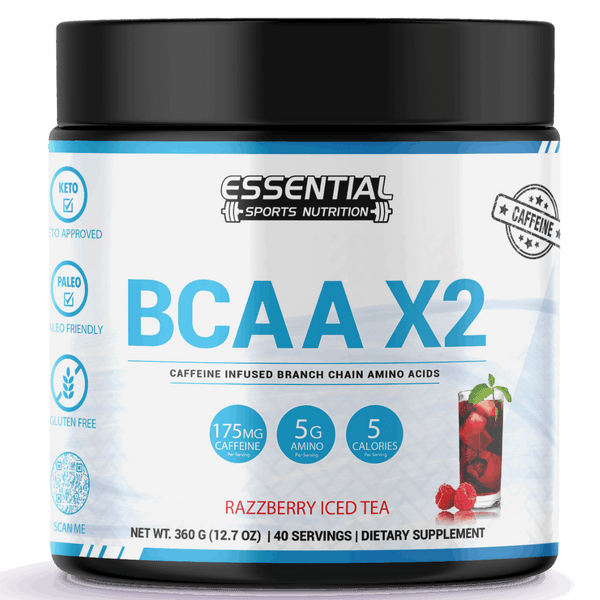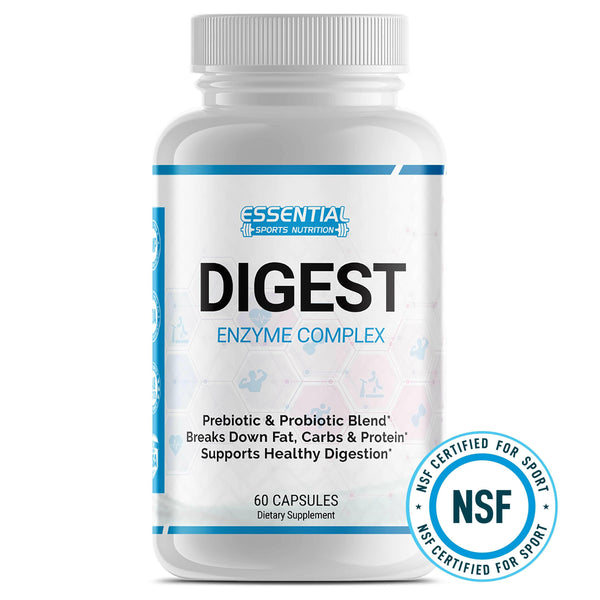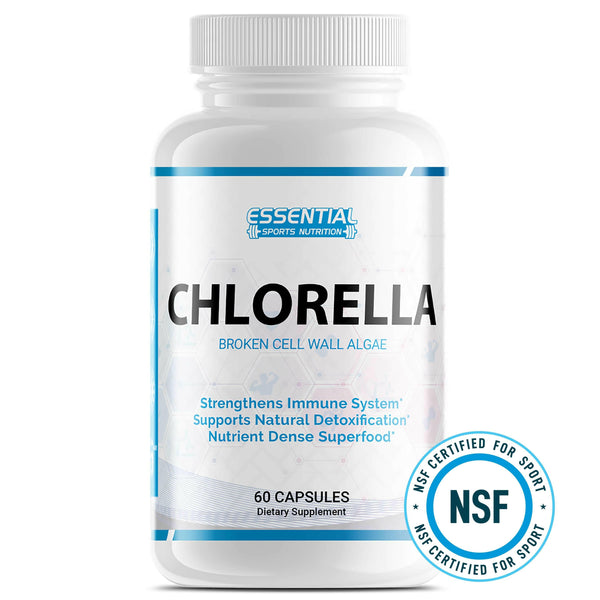Guide to Discovering the Different Types of Creatine Supplements
Learning about creatine types and benefits can really help you perform better in sports. Creatine is a natural energy source in your body. It helps your muscles contract and gives you steady energy during workouts. About half of your creatine comes from what you eat, especially from protein-rich foods like red meat and seafood.
The liver, kidneys, and pancreas also make creatine. If you don't get enough from your diet or do lots of high-energy activities, supplements can help. These supplements come in powders, tablets, and bars. They are especially good for people aged 18 to 30 who do resistance training.
They are also popular in sports because they give you quick energy. This makes them great for improving performance in power sports. Plus, scientists are looking into how creatine might help older adults think better.
Groups like the International Olympic Committee and the National Collegiate Athletic Association say it's okay to use creatine. But, it's always a good idea to talk to a doctor first. This is because we don't know as much about its safety during pregnancy, diabetes, or certain diseases.
Key Takeaways
- Creatine is a natural energy source that aids muscle contraction.
- Approximately half of the body's creatine is obtained through diet.
- Supplementation can benefit those with low dietary creatine intake or high-energy exercise routines.
- It is popular in power sports for enhancing athletic performance.
- There are potential cognitive benefits for older adults under investigation.
What is Creatine?

Creatine is a compound found in your cells. It plays a key role in energy production, especially during exercise. Knowing how it works and where it comes from helps us see its importance in sports and health.
The Role of Creatine in the Body
Your body makes creatine in the liver, kidneys, and pancreas. It then sends it to different tissues, with most going to your muscles. This is important because it helps your muscles work harder during intense activities.
Also, creatine helps other important parts of your body like your brain and heart. It's not just for muscles; it's vital for energy and health in many ways.
Natural Sources of Creatine
Your body can make creatine, but food is a big help too. Foods like red meat and seafood are key. They help keep your muscles strong and ready for action.
Red meats and seafood, like tuna and salmon, are especially good. Eating them regularly keeps your energy up and helps your muscles last longer during workouts.
In short, creatine is crucial for energy and muscle power. Getting it from both inside your body and from food is important. It helps you do better in sports and everyday activities.
The Science Behind Creatine Supplements
Learning about creatine supplements can make you appreciate their benefits. They improve exercise performance and help with energy production in cells. Let's explore how creatine helps athletes and fitness lovers.
How Creatine Works
Creatine boosts the levels of creatine phosphate inside cells. This is key for energy production. When you do intense, short exercises like lifting weights or sprinting, your muscles need creatine phosphate to refill ATP.
ATP is the main energy source for cells. So, having more creatine phosphate helps your muscles work better.
Creatine and ATP Production
ATP production is why creatine supplements are so good. Taking creatine increases muscle creatine, which means more creatine phosphate. This helps your muscles refill ATP faster during hard workouts.
This boost in energy lets you perform better and feel less tired. Creatine doesn't just help with physical strength. It also keeps your energy up during workouts, helping you stay strong and focused.
Types of Creatine Supplements
Looking into the different creatine supplements can help you pick the right one for your fitness goals. It's important to know the differences and benefits of each type.
Creatine Monohydrate
Creatine monohydrate is the most studied type of creatine. It's known for boosting muscle performance. It's the most researched and offers great benefits, especially for intense workouts.
It helps improve strength, power, and muscle mass. Plus, it's safe with few side effects.
Creatine Ethyl Ester
Creatine ethyl ester is said to be more easily absorbed than monohydrate. It's designed to be more bioavailable, which might mean you need less of it. But, research doesn't fully support its benefits.
Some studies show it might not be as good at increasing muscle creatine as monohydrate.
Creatine Hydrochloride
Creatine hydrochloride (HCl) is known for being very soluble in water. This could mean you need less of it and might have fewer stomach problems. But, it doesn't have as much research as monohydrate.
So, while it looks promising, more research is needed to fully understand its benefits.
Knowing about the different creatine types and benefits helps you choose the best one for you. Whether you choose the proven creatine monohydrate, the potentially better creatine ethyl ester, or the newer creatine hydrochloride, each supports athletic performance in its own way.
Creatine Monohydrate Benefits
Creatine monohydrate is the top choice for many athletes. It has been studied a lot and proven to boost physical performance. It's especially good for those who do a lot of weightlifting and intense workouts.
Effectiveness in Muscle Performance
Creatine monohydrate helps a lot with muscle strength and performance. It helps make ATP, which is key for your workouts. It also makes muscles hold more water, which can help them grow.
Many athletes and bodybuilders use it because it really works. They see their strength and performance go up.
Safety and Side Effects
It's important to know if a supplement is safe. Creatine monohydrate is safe for most people. It's a good choice for those wanting to get stronger and perform better.
Some might get a little stomach upset or cramps. But, these problems usually go away if you change how much you take or when you take it. Creatine is generally safe and reliable.
Creatine Ethyl Ester Benefits
Creatine ethyl ester is a unique alternative to traditional creatine supplements. It's said to have better bioavailability. When looking at the creatine ethyl ester benefits, it's key to know about its absorption rates. This helps in comparing it with other creatine supplements.
Absorption Rates
A big creatine ethyl ester benefit is its possibly better absorption rate. Its ester form might help avoid stomach issues seen with other creatines. This could lead to enhanced creatine absorption and quicker muscle energy boosts.
Comparison with Creatine Monohydrate
However, science often sides with creatine monohydrate over ethyl ester. Studies show ethyl ester's unique traits don't beat monohydrate in muscle uptake or performance boosts. This part of the creatine supplement comparison shows monohydrate might be the better choice for workout and muscle growth.
The promise of enhanced creatine absorption by ethyl ester is tempting. Yet, monohydrate's consistent and proven results make it the top pick for many athletes and fitness fans.
Creatine Loading Phase
The creatine loading phase is a common way to quickly build up creatine in muscles. It's great for boosting muscle performance and growth.
Importance and Guidelines
It's key to know the importance and rules of the creatine loading phase. You take more creatine, about 20 grams a day, split into four 5-gram doses over 5-7 days. After that, take 3-5 grams daily to keep creatine levels high.
- Higher initial doses enhance muscle saturation
- Improves muscle performance
- Followed by a maintenance dose to maintain creatine levels
Short-Term vs Long-Term Effects
The short-term effects of creatine loading are clear. You'll see more energy and muscle hydration, leading to bigger muscles and strength. But it's important to think about the long-term effects too. They can differ a lot from person to person.
The best length of time for creatine loading isn't set yet. So, following the right guidelines is crucial to avoid any bad effects.
| Aspect | Short-Term Effects | Long-Term Effects |
|---|---|---|
| Muscle Mass | Increases rapidly | Varies; dependent on continued use |
| Strength | Significantly enhanced | Maintained with consistent usage |
| Energy Levels | Boosted due to ATP regeneration | Stable with proper maintenance dose |
Creatine and Muscle Growth

Understanding how creatine helps with muscle growth is key to building muscle. Creatine boosts ATP production during intense workouts. This means you can do more and recover faster.
Creatine monohydrate increases water in muscle cells. This makes muscles look fuller and helps them grow. It signals your body to build more muscle.
Using creatine wisely can boost your workout performance. It helps you do more intense workouts and recover faster. This means you can keep pushing yourself and growing your muscles.
- Facilitates ATP production
- Enhances workout intensity
- Promotes water retention in muscle cells
- Stimulates protein synthesis pathways
- Speeds up workout recovery
| Benefit | Description |
|---|---|
| ATP Production | Increases availability of energy for intense exercises |
| Water Retention | Volumizes muscle cells for a fuller appearance |
| Protein Synthesis | Activates key pathways for muscle fiber growth |
| Workout Recovery | Allows for quicker recovery between sessions |
Creatine and Athletic Performance

Creatine is known for boosting sports performance, especially in activities needing quick power, speed, and strength. Adding creatine to your routine can help you do more reps, lift heavier, and recover faster between intense workouts.
Benefits for Different Sports
Creatine helps athletes in many sports, especially those needing explosive energy. For example, football players might sprint faster and tackle harder. Hockey and wrestling athletes see better strength and stamina, helping them last longer in games.
However, creatine's benefits are less for endurance sports like marathons or cycling. Yet, it can still aid in recovery and muscle hydration after exercise.
Performance Metrics
Studies show creatine boosts bench press strength, sprint speed, and power output. Athletes using creatine often perform better in these areas, lifting more and running faster. For bodybuilders, it means bigger muscles that look and work better.
The table below compares performance metrics before and after creatine use:
| Sport | Performance Metric | Before Creatine | After Creatine |
|---|---|---|---|
| Football | Sprint Speed (yards/sec) | 5.0 | 4.7 |
| Bodybuilding | Bench Press Max (lbs) | 250 | 270 |
| Wrestling | Peak Power (watts) | 900 | 950 |
This chart shows how creatine can improve sports performance. It's a great supplement for athletes looking to excel in their sport.
Safety Profile of Creatine
It's important to know about the creatine safety profile before using it. Creatine is known to be safe and effective for many. But some people should be careful.
Who Should Avoid It?
If you're pregnant or nursing, talk to a doctor first. People with diabetes, liver disease, or kidney problems should be cautious. Also, those with bipolar disorder should get medical advice before taking it.
Common Side Effects
Most people find creatine safe, but some might experience side effects. These can include weight gain, stomach issues, and muscle cramps. These problems are usually minor and can be managed with the right dosage. Always check with a healthcare provider to see if creatine is right for you.
Creatine Dosage Recommendations

Finding the right creatine dosage is key to getting the most out of your supplements. Many start with a loading phase, followed by a maintenance phase. This helps to maximize the benefits.
The loading phase involves taking 20 grams of creatine daily, split into four servings, for 5-7 days. This quickly fills your muscles with creatine. Then, it's important to move to the maintenance phase to keep these levels up. You'll need to take 2-10 grams daily, based on your body weight, muscle mass, and activity level.
Remember, everyone reacts differently to creatine. It's smart to adjust your intake as needed. Some people find that taking smaller amounts regularly works best for muscle growth and performance. Following the right guidelines is crucial for the best workout results and to avoid side effects.
| Phase | Dosage | Duration |
|---|---|---|
| Loading | 20 grams/day | 5-7 days |
| Maintenance | 2-10 grams/day | Ongoing |
Conclusion

Creatine supplements are great for boosting athletic performance and muscle growth. Creatine monohydrate is the most studied and proven type. It helps with quick energy during intense workouts and aids in recovery.
To get the most out of creatine, know the different types and what you need. Creatine is safe if used right, but watch your health and follow the dosage. This way, you get the best results without side effects.
Research shows creatine does more than just improve gym results. It can also increase muscle strength and energy levels. Knowing about creatine types and benefits helps you make smart choices. It shows how versatile and effective creatine is for fitness and health.
Benefits of Creatine Supplementation FAQ
Q: What are the different types of creatine available on the market?
A: The different types of creatine include creatine monohydrate, creatine hydrochloride (HCL), creatine ethyl ester, buffered creatine, creatine magnesium chelate, and liquid creatine.
Q: How do I choose the right creatine for my needs?
A: Choosing the right creatine depends on your goals, preferences, and any digestive sensitivities. Creatine monohydrate is the most researched and commonly used form, while alternatives like buffered creatine may be better for those who experience stomach discomfort.
Q: What is creatine magnesium chelate and how does it differ from other forms?
A: Creatine magnesium chelate is a form of creatine that is bound to magnesium, which may enhance absorption and reduce water retention compared to traditional creatine monohydrate.
Q: How should I take creatine to maximize its benefits?
A: To maximize the effect of creatine, it is recommended to follow a loading phase of 20 grams per day for 5-7 days, followed by a maintenance dose of 3-5 grams daily. Consistency is key in taking a creatine supplement.
Q: What is the effect of creatine supplementation on athletic performance?
A: The effect of creatine supplementation includes increased energy production during high-intensity exercise, improved muscle recovery, and enhanced muscle mass over time.
Q: Is liquid creatine more effective than powdered forms?
A: Liquid creatine can offer convenience, but research suggests that powdered forms like creatine monohydrate are more effective in raising serum and muscle creatine levels.
Q: Are there any misconceptions about creatine supplementation that I should be aware of?
A: Yes, common misconceptions include the belief that creatine causes kidney damage or that it is a steroid. However, studies indicate that creatine is safe for healthy individuals when used appropriately.
Q: What are the benefits of buffered creatine compared to creatine monohydrate?
A: Buffered creatine is designed to be more stable in the stomach, potentially reducing gastrointestinal discomfort. Some users report less bloating and better absorption than with creatine monohydrate.
Q: How does creatine ethyl ester supplementation work?
A: Creatine ethyl ester is a form of creatine that is claimed to be more efficiently absorbed by the body. However, studies have shown that the efficacy of creatine ethyl ester supplementation combined with exercise is not significantly better than creatine monohydrate.
Q: What is the recommended amount of creatine to take for optimal results?
A: The recommended amount of creatine generally starts with a loading phase of 20 grams per day (divided into 4 doses) for 5-7 days, followed by a maintenance dose of 3-5 grams per day to maintain muscle creatine stores.



